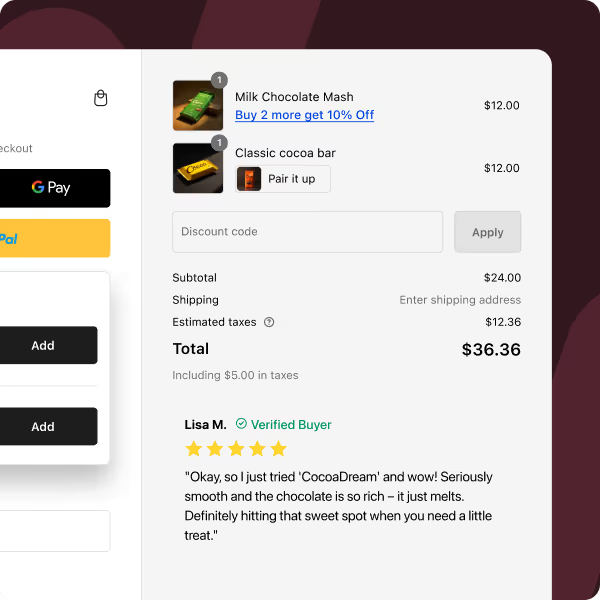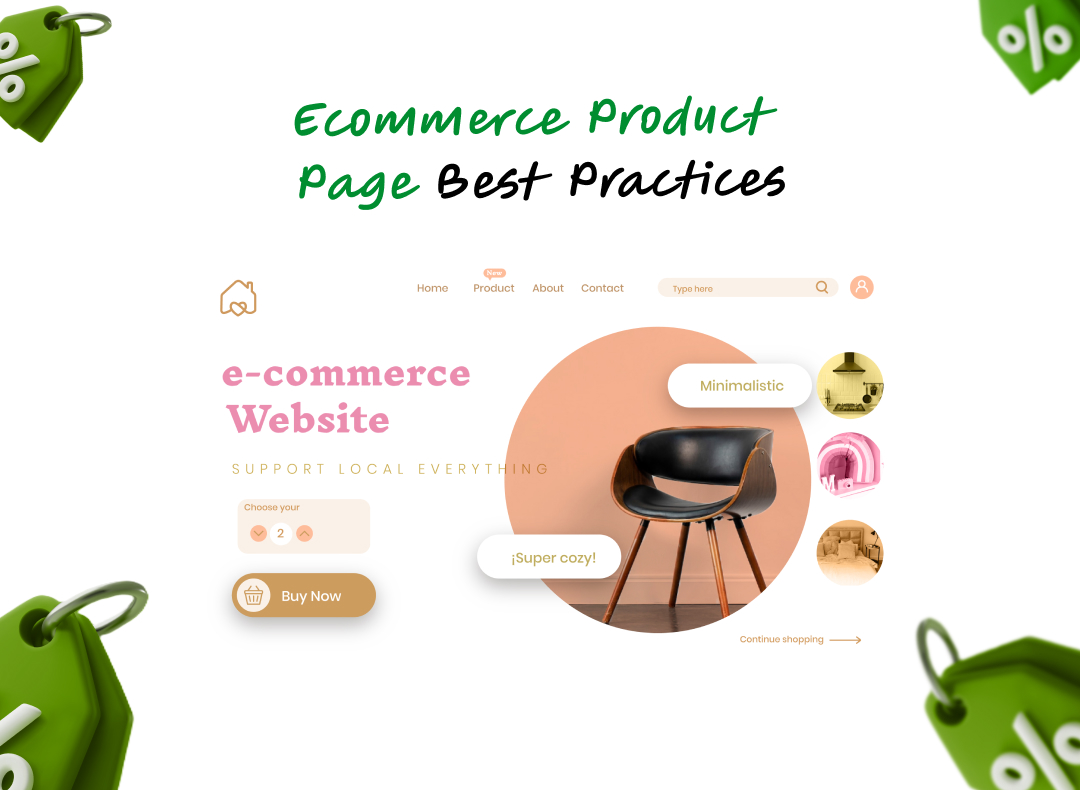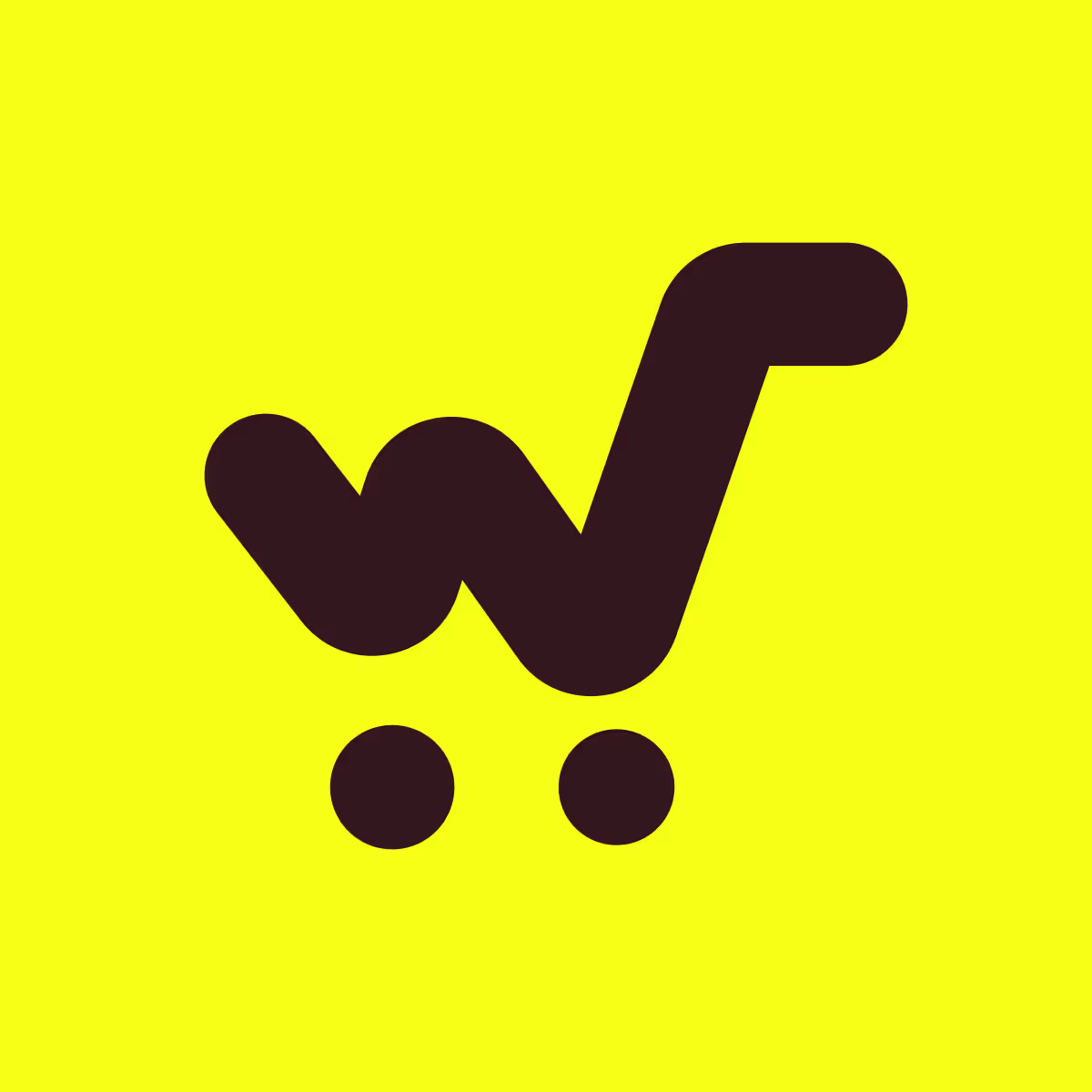Introduction
An ecommerce conversion funnel shows the journey a customer takes from discovering your brand to making a purchase.
It helps online stores understand how visitors move through different stages and where they drop off before buying.
By studying this funnel, businesses can find ways to attract, engage, and convert more customers effectively.
A clear funnel structure also helps improve marketing, website experience, and overall sales performance.
What is an Ecommerce Conversion Funnel
An ecommerce conversion funnel is a model that represents the steps a shopper goes through before completing a purchase.
It starts with awareness and narrows down as customers move toward buying, which is why it is called a funnel.
This concept helps marketers visualize customer behavior and optimize each stage for better results.
The main goal of the funnel is to turn visitors into paying and repeat customers.
Why the Ecommerce Funnel Matters for Online Stores
The ecommerce funnel helps brands understand how customers interact with their website and products.
It highlights where most users leave, allowing businesses to fix those weak points and improve conversion rates.
A well-optimized funnel ensures every marketing effort works together to move users toward purchase.
It also helps improve return on investment by reducing wasted traffic and targeting the right audience.
Stages of the Ecommerce Conversion Funnel
The ecommerce conversion funnel has several stages that guide shoppers from awareness to purchase.
Each stage requires different strategies to move customers closer to buying and returning for more.
Understanding these stages helps brands design better marketing campaigns and user experiences.
Awareness Stage
This is the first stage where customers discover your brand or products for the first time.
Businesses use ads, SEO, and social media to reach new audiences and build brand visibility.
The goal is to attract relevant traffic and make potential customers aware of your offerings.
Interest Stage
In this stage, shoppers start exploring your brand and learning more about what you sell.
They read product descriptions, browse collections, and compare features with other brands.
Your focus should be on creating engaging content, clear visuals, and trust-building elements like reviews.
Consideration Stage
At this stage, shoppers are seriously thinking about buying but need more reasons to trust your brand.
They look for product details, pricing, and social proof before making a decision.
You can influence them with personalized recommendations, comparison charts, and testimonials.
| Key Focus |
What to Do |
Example |
| Product Information |
Add detailed specs, FAQs, and guides |
Comparison pages and product videos |
| Social Proof |
Show customer reviews and ratings |
Display verified purchase reviews |
| Retargeting |
Remind visitors of viewed products |
Use Google or Meta retargeting ads |
Desire Stage
In this stage, shoppers want your product but still have small doubts that stop them from buying.
They are close to conversion, so your job is to create confidence and urgency to take action.
Highlight benefits, guarantees, and trust signals like secure payment icons and free returns.
Use persuasive techniques such as limited-time offers, countdown timers, and exclusive discounts.
Showcase real customer success stories or user-generated photos to reinforce trust.
| Strategy |
Purpose |
Example |
| Urgency Offers |
Push quick action |
Flash sales or “ending soon” banners |
| Trust Signals |
Reduce hesitation |
SSL badges, easy return policies |
| Product Proof |
Build credibility |
Real photos, testimonials, and case studies |
Action Stage
This is the most important stage where the customer decides to make a purchase.
Your goal is to make checkout simple, fast, and friction-free to avoid cart abandonment.
Offer guest checkout, multiple payment options, and transparent shipping details.
Reduce the number of form fields and clearly display total costs before payment.
Provide reassurance with confirmation messages and post-purchase follow-ups.
| Key Element |
What to Optimize |
Example |
| Checkout Process |
Short and easy steps |
One-page checkout or guest option |
| Payment Options |
Add flexibility |
Credit cards, wallets, COD |
| Trust & Clarity |
Avoid last-minute confusion |
Show total cost and delivery time upfront |
Retention and Re Engagement Stage
After a customer makes a purchase, the goal is to keep them coming back.
This stage focuses on loyalty, satisfaction, and repeat sales.
Use post-purchase emails, loyalty programs, and personalized recommendations to stay connected.
Encourage customers to leave reviews, share referrals, or join reward programs.
| Retention Strategy |
Purpose |
Example |
| Email Marketing |
Build long-term relationships |
Send thank-you or reorder reminders |
| Loyalty Programs |
Increase repeat purchases |
Offer points or discounts for every order |
| Reviews and Referrals |
Build trust and awareness |
Reward customers for sharing feedback |
How to Track and Analyze Your Ecommerce Funnel
Tracking your funnel helps you see how customers move from one stage to the next.
Use tools like Google Analytics 4, Hotjar, or Mixpanel to monitor user behavior and drop-offs.
Key events to track include product views, add-to-cart actions, and completed purchases.
Analyze where most users leave and test new layouts, CTAs, or offers to improve those points.
| Funnel Stage |
Metric to Track |
Tool Example |
| Awareness |
Traffic sources, bounce rate |
Google Analytics |
| Consideration |
Time on site, product views |
Hotjar or Clarity |
| Action |
Checkout completion, abandonment rate |
GA4, Shopify Reports |
How to Optimize Your Ecommerce Conversion Funnel
Optimization means improving each funnel stage to reduce drop-offs and boost conversions.
Start by analyzing data to identify weak areas where users lose interest or stop buying.
Personalize the shopping experience with tailored recommendations and dynamic content.
Simplify navigation, improve page speed, and ensure the site is mobile-friendly.
Test variations of headlines, CTAs, and product layouts using A/B testing.
| Optimization Area |
Action to Take |
Result |
| Product Pages |
Add reviews, videos, and FAQs |
Higher engagement and trust |
| Checkout |
Remove extra steps and show clear pricing |
Fewer cart abandonments |
| Post Purchase |
Send loyalty and referral emails |
More repeat customers |
Key Metrics to Measure Funnel Performance
Tracking the right metrics helps you understand how well your funnel is performing.
Each stage has its own KPIs that reveal how effectively customers move toward purchase.
Monitor these numbers regularly to guide your optimization strategy.
| Funnel Stage |
Key Metrics |
What It Shows |
| Awareness |
Website traffic, bounce rate |
How many people discover your brand |
| Consideration |
Add-to-cart rate, time on site |
How engaged and interested users are |
| Action |
Conversion rate, cart abandonment |
How efficiently visitors become buyers |
| Retention |
Repeat purchase rate, CLV |
How loyal and valuable your customers are |
Common Funnel Mistakes to Avoid
Many ecommerce stores lose potential sales because of simple funnel mistakes.
One common issue is focusing only on traffic instead of optimizing each funnel stage.
Complicated checkout processes or hidden fees often cause users to abandon their carts.
Ignoring post-purchase engagement can also reduce repeat sales and long-term loyalty.
| Mistake |
Impact |
Fix |
| Poor Website Navigation |
Shoppers leave early |
Simplify menus and search options |
| No Mid-Funnel Nurturing |
Leads lose interest |
Use remarketing and email follow-ups |
| Slow Checkout |
High abandonment rate |
Optimize loading speed and payment flow |
| Lack of Retention Strategy |
Fewer repeat customers |
Add loyalty programs and post-purchase offers |
Real World Ecommerce Funnel Example
Let’s consider an online skincare brand to understand how a funnel works in practice.
At the awareness stage, they run Instagram ads and influencer collaborations to attract new visitors.
In the consideration stage, they use reviews, product quizzes, and educational blogs to build trust.
During the action stage, they offer limited-time discounts and a simple one-page checkout.
After purchase, they send thank-you emails and loyalty rewards to drive repeat sales.
| Funnel Stage |
Brand Action |
Result |
| Awareness |
Social media ads and influencer posts |
Increases brand reach |
| Consideration |
Reviews and comparison guides |
Builds confidence to buy |
| Action |
Discount offers and smooth checkout |
Boosts conversions |
| Retention |
Loyalty points and email reminders |
Improves repeat purchase rate |
Conclusion
An ecommerce conversion funnel helps you understand every step a shopper takes before buying.
When you optimize each stage, you reduce drop-offs and create a smoother path to purchase.
Focus on building awareness, nurturing interest, and simplifying checkout for better results.
Finally, keep engaging customers after their first order to grow loyalty and lifetime value.
Consistent tracking, testing, and small improvements can turn casual visitors into loyal buyers.

.svg)
.svg)
.svg)
.svg)
.svg)
.svg)
.svg)
.svg)


.svg)
.svg)

.svg)
.svg)







.svg)
.avif)












.svg)




.svg)


